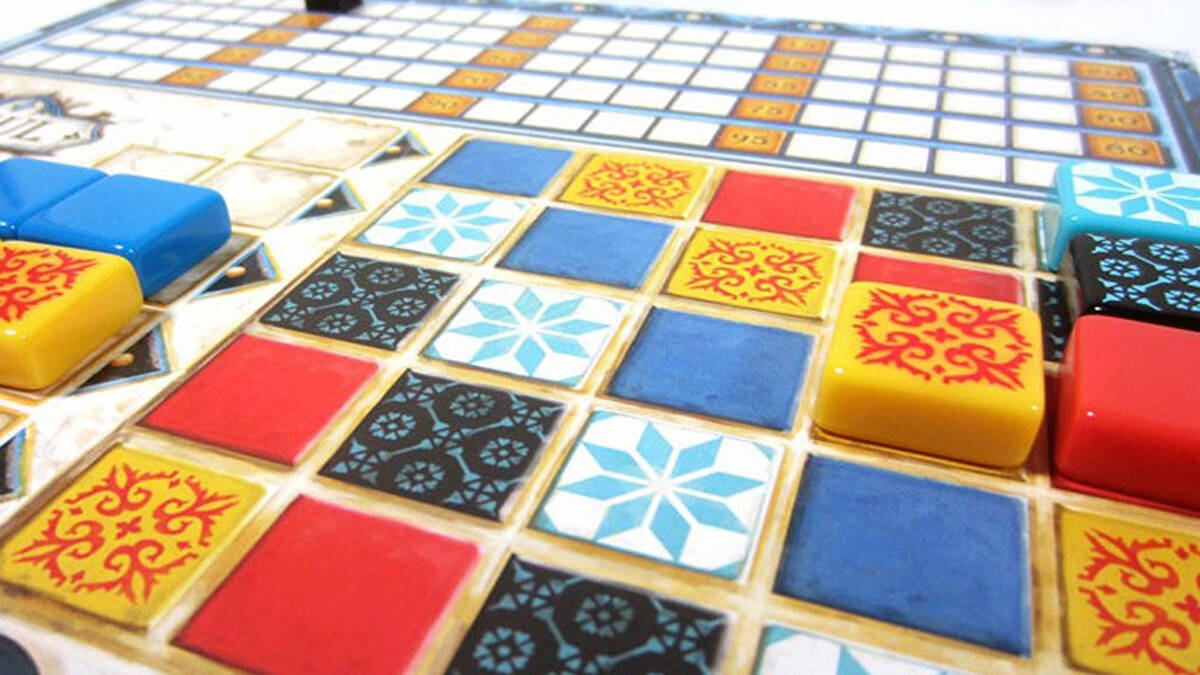A Discrete Math PSet in Disguise
It is easy to be swayed by Azul’s beautiful ceramic style to think of it as anything else than what it truly is: a math game. There exists a dissonance between games and education that often dissuades people from the desire to play something. Games are socially and culturally seen as breaks from more strenuous mental tasks; thus, why try and merge the two into one. Educational games or better referred to as “serious games” often take up a model that tries to balance the entertainment factor of a game with the mental work that comes from it as well. Azul, on the other hand, is designed in a way that instead utilizes its mathematical background to be the very basis of the game: there is no merging of entertainment and education, it is a singular entity that feeds off the fact that mathematical things can be fun and game-like.
Now when I talk about Azul as a mathematical game, what I mean to say is that it utilizes mathematical concepts to its core and bases the game around them. It is a game of patterns, and there are ways to play that you can create a perfect scenario for yourself if you have the advantage; however, these ludic fabulations are being constantly changed due to other players, so you must have a high volume of steps forward planned out in order to account for these changes. There is such a satisfactory beauty to the game as the last tile gets drawn in a perfect sequential order. The game may not be mathematical in common colloquial language, which often finds something to only be mathematical if it involves arithmetic, but it still has plenty of conceptual similarities to problems posed in stochastic calculus and discrete mathematics. The fact that it is able to do away with numbers and move purely into the theoretical is the exact reason I find it to be such a popular entry point into players thinking more deeply about these problems. I leave Azul always with a pensive and pondering mind about what moves I could have made, and whether there was a specific set formula I could use to figure out optimal play.
The game is brilliantly designed from an aesthetic perspective as well. Azul’s mechanics solely focus on the creation of patterns; thus, it only makes sense that the game is themed around mosaic tile creation. By taking the human artform of mosaic creation, Azul connects the way we find beauty in art through pattern recognition. It is patterns that we see in the world around us that not only drive our mathematical inquiry but also our humanistic pursuit of the beauty of order. Azul deserves recognition as a serious game because of the theoretical work that can be done with it as a foundational base. Perhaps serious games themselves should move away from a model of trying to teach in an autonomous way isolated from other study forms. Games, especially math games, can be a great supplementary tool to forms of education; therefore, with more games like Azul we can study theory and games hand-in-hand.
